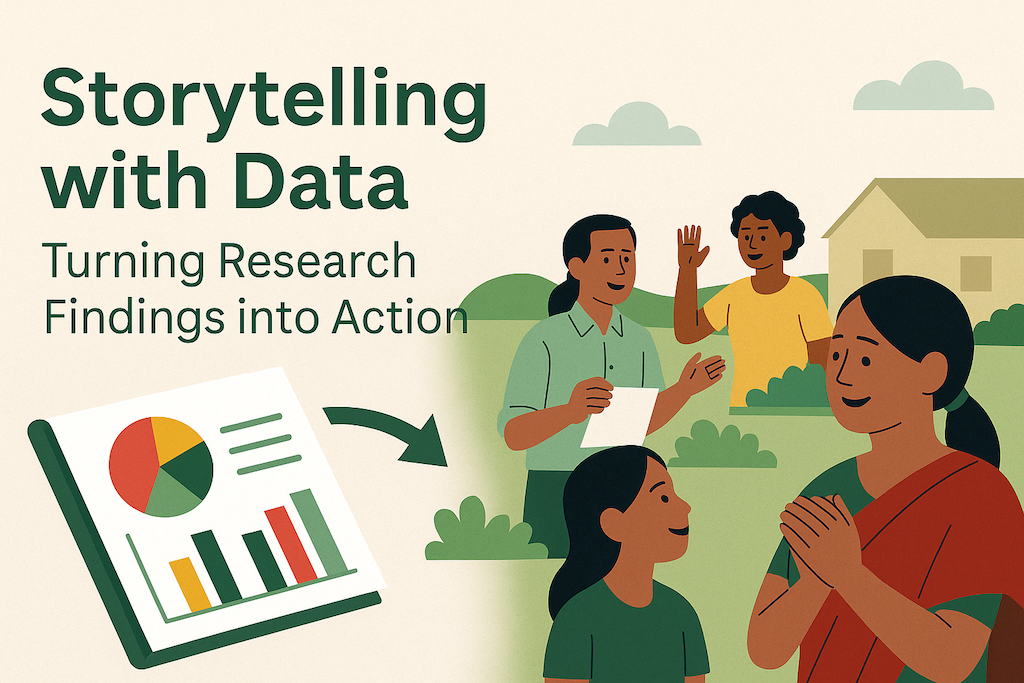In today’s fast-paced and competitive business environment, data is no longer just a byproduct of operations—it’s a strategic asset. From small startups to global enterprises, organizations that harness the power of data are gaining a significant edge. In this blog post, we’ll explore how data-driven strategies are transforming industries, unlocking new opportunities, and driving sustainable growth.
The Power of Data in Decision-Making
For years, businesses have collected vast amounts of data, but only recently have organizations started to unlock its full potential. The key to leveraging data effectively lies in converting raw data into actionable insights. Data-driven decision-making empowers businesses to make informed choices, minimize risks, and capitalize on emerging trends. By using data, companies can:
- Predict market trends: Through advanced analytics, businesses can identify market shifts and consumer behavior patterns, enabling them to stay ahead of competitors.
- Improve operational efficiency: Data insights help streamline processes, identify inefficiencies, and reduce costs, improving profitability.
- Personalize customer experiences: By analyzing customer preferences and behavior, businesses can tailor their offerings, boosting customer loyalty and satisfaction.
Key Areas Where Data-Driven Strategies Are Making an Impact
- Marketing Optimization
In an era where customer preferences change rapidly, traditional marketing strategies no longer cut it. Data-driven marketing allows companies to target the right audience with precision, resulting in more effective campaigns. Analytics tools such as customer segmentation, predictive modeling, and A/B testing enable businesses to optimize their marketing spend and improve conversion rates.
Insight: According to McKinsey, businesses that use data-driven marketing see a 20% increase in customer engagement, leading to a substantial rise in sales and revenue.
- Supply Chain Management
Data analytics is revolutionizing the way businesses manage their supply chains. With real-time tracking and predictive analytics, companies can optimize inventory levels, reduce waste, and mitigate risks related to supply chain disruptions. By analyzing data on demand forecasting, delivery times, and supplier performance, businesses can streamline their operations and improve service delivery.
Insight: A report by Deloitte found that 79% of companies with high-performing supply chains use data analytics to make decisions.
- Financial Forecasting and Risk Management
Data is a powerful tool in financial forecasting, helping businesses to predict cash flow, track expenditures, and forecast future financial performance. Furthermore, data analytics can help identify and manage potential risks, enabling businesses to make proactive adjustments to avoid losses.
Insight: According to a study by PwC, 77% of financial executives believe that data-driven insights are critical to improving risk management and driving better decision-making.
Real-World Example: Small Business Transformation Through Data
Consider a small e-commerce company that struggled with customer retention and slow sales growth. By implementing data-driven insights into their marketing strategy, they started analyzing customer behavior data and segmenting their audience based on purchasing patterns. This allowed them to tailor their product offerings and send personalized promotions to each segment.
As a result, the company saw a 30% increase in customer retention rates and a 25% rise in overall sales within just six months. The data not only helped them understand their customers better but also enabled them to optimize their marketing spend and grow sustainably.
The Future of Data-Driven Strategies
As technology continues to advance, the role of data in business will only become more significant. The rise of artificial intelligence (AI) and machine learning (ML) will further enhance the ability to analyze and interpret complex data sets. Businesses will be able to make even more informed decisions, predict future trends with greater accuracy, and innovate at an accelerated pace.
However, it’s essential to remember that data is only valuable when used correctly. Businesses must invest in the right tools, technologies, and talent to analyze data effectively and avoid the pitfalls of data overload. A clear strategy, aligned with business goals, is key to transforming data into real business value.
Conclusion
Data-driven strategies are no longer optional—they are essential for businesses seeking to thrive in the modern market. By embracing the power of data, organizations can optimize operations, deliver personalized experiences, and unlock new growth opportunities. Whether you’re a small business looking to scale or a large enterprise aiming to stay competitive, leveraging data can help you make smarter decisions, improve performance, and drive long-term success.





